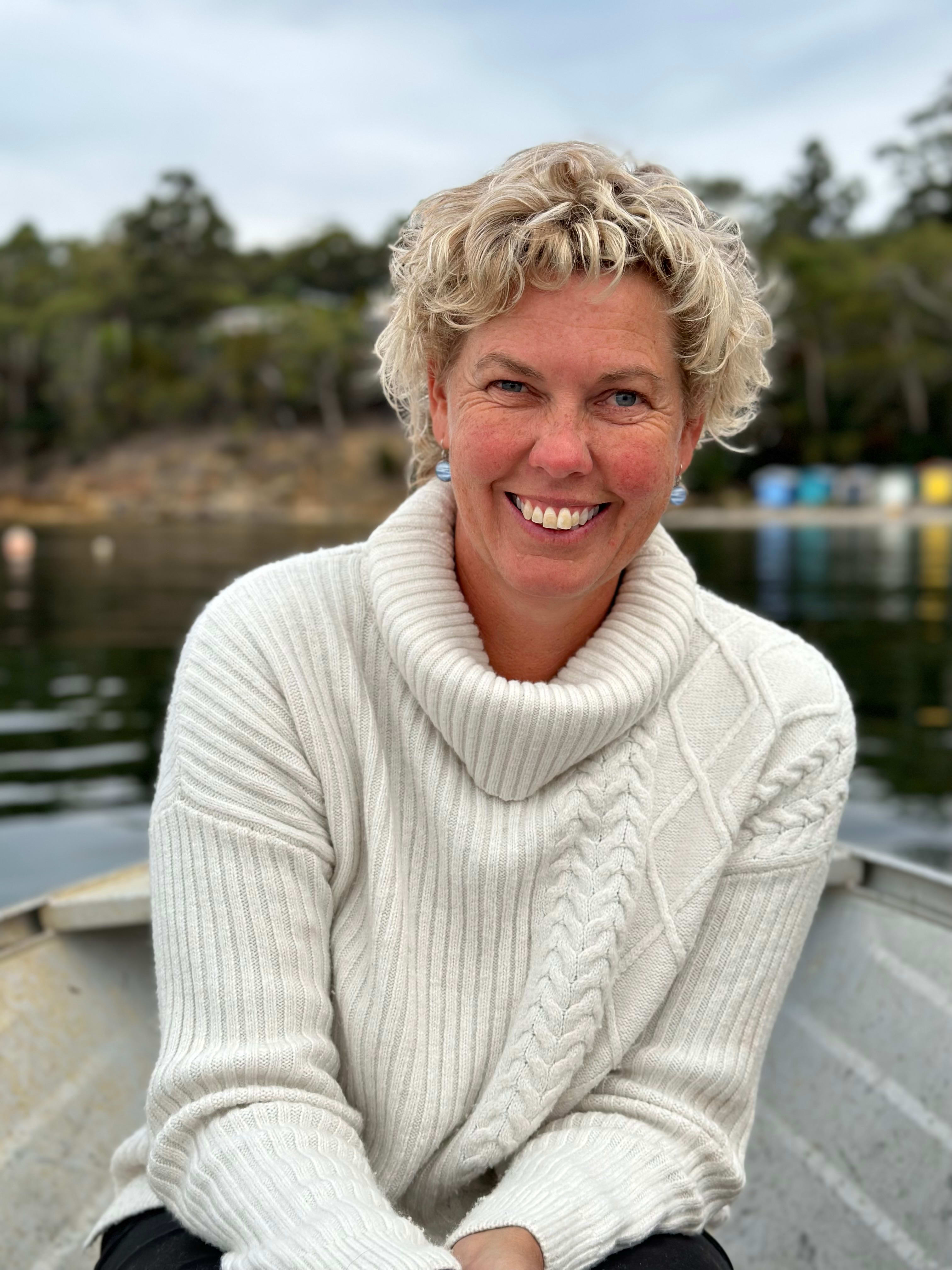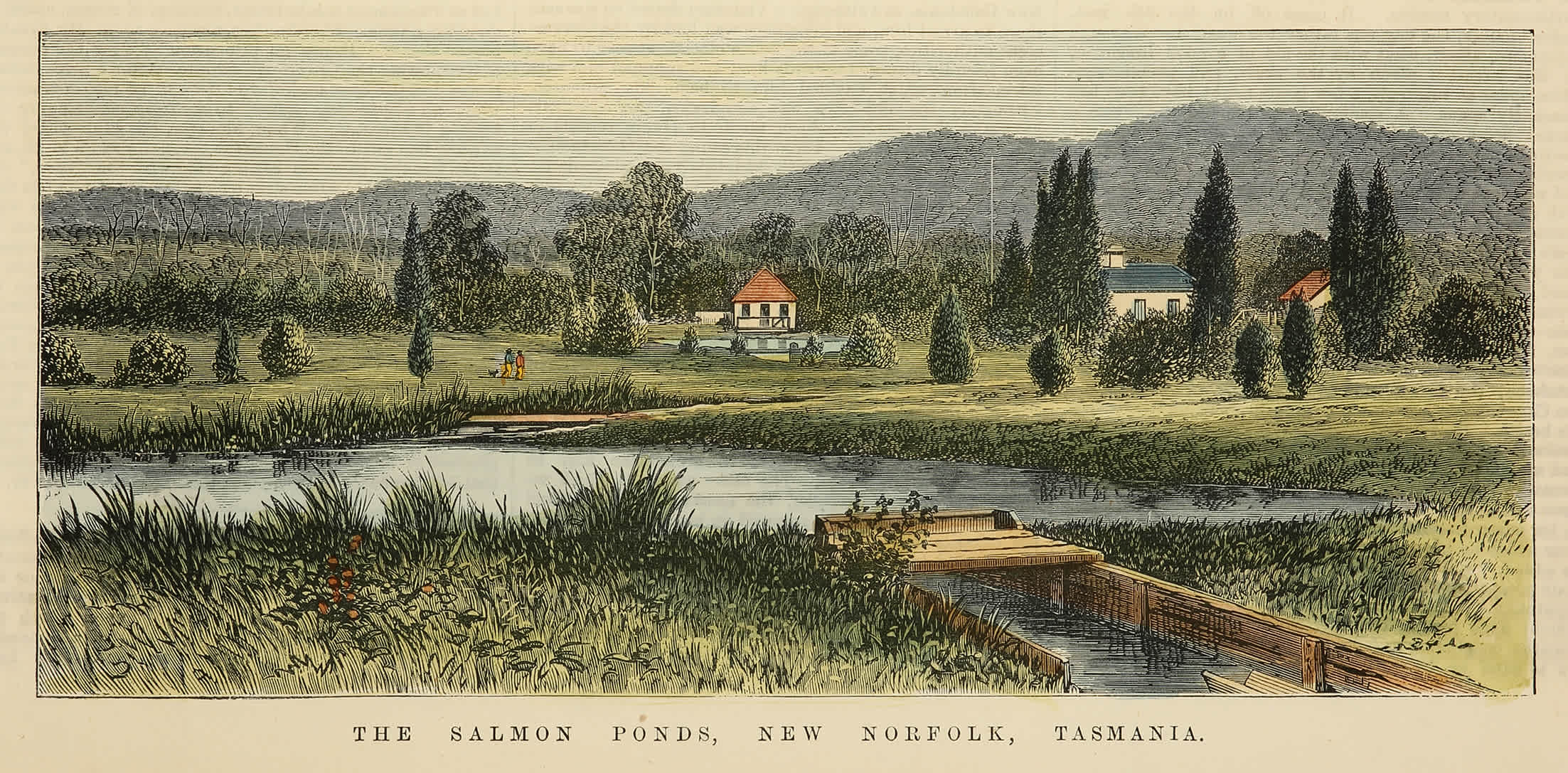
Nowadays, we eat kangaroo meat quite often and we appreciate that it is a lean, high-protein food, and most of us see it as a sustainable resource. Not everyone, of course. Some people worry about eating Skippy, and others about killing an animal represented on Australia’s coat of arms. I don’t and I point out that colonial Tasmanians have eaten roo since we got here, in imitation of the Aboriginal people who were here long before and are here still. Roos have been a food resource since long before colonial times.
On his circumnavigation of Tasmania in a whaleboat, over the summer of 1816-17, James Kelly rejoiced after exchanging seal carcasses for kangaroo skins with Lamanbunganah’s people on the north of the east coast because he and his crew could have a “kangaroo steamer” for the first time since leaving Hobart. They had been given some kangaroo carcasses in the exchange as well as the skins. One can imagine Kelly’s crew’s enthusiasm for fresh meat after months of bully beef and salt pork, but steamer was obviously a great favourite, and not just amongst the lower ranks.
Jane, Lady Franklin, in 1837 at Port Arthur, dined at Commandant Booth’s table. “Excellent dinner,” she reported. “ … kangaroo [tail] soup questionable, but steamer excellent – [it] is made by layers of pork then layers of thin bits of kangaroo, sprinkled with fine pot herbs, or what is better, with nutmeg as so on, made into a round like a small fillet of veal, no water, but steamed in its own gravy – [it] was very good.”
Eating kangaroo and wallaby went out of fashion in (white) continental Australia from somewhere in the 19th century until late in the 20th. When I lived in NSW not so long ago, roo meat was dog food. Now that it is quite fashionable to eat roo again on the big island, it is interesting to note that eating kangaroo and wallaby never went out of fashion in Tasmania: in my youth, we just ate it in the form of rissoles, and called it, rather delicately, “game patties”. But we all knew what it was; the meat from the red-necked wallabies and the large eastern grey kangaroos, the huge males of which were known as “boomers”.
If you’ve ever been up close and personal with a “boomer”, you’ll know what I mean by huge – and intimidating. Macropus giganteus says it all, really. I stumbled across one on Maria Island one day, and there was his majesty lying on his side, his head propped up on one elbow with his does quietly grazing around him. I involuntarily blurted, “Look at the size of you!” And then thought, “Oh dear, what if he thinks I’m a threat to his harem.” I respectfully tip-toed away. Boomers are huge.
I was witnessing a re-introduced population, because, by my childhood (in the 1950s), the eastern grey kangaroo (known in Tasmania as the forester) had been reduced to a restricted range – to use an old term, a “fastness” – in the north-east of the island. Much later, in the 1990s, a friend had a licence to shoot on a property in that area and used to provide us with a haunch of roo now and then.
I swear it is better than venison, and better with Tasmanian pepperberries than juniper, which is the usual accompaniment to venison.
So, once having been abundant in all the grassy plains of Tasmania, the eastern grey is much reduced in range. I understand that this situation may be reversing slowly, and eastern greys may be extending their range south and west again, but do let me try to explain how this reduced roo population came about.
To return to colonialism, Lt Gov Collins, in 1805, trying to establish a colony on the western shore of the Derwent at Sullivan’s Cove, had a problem – his crazy little un-supported colony was starving. The settlement in Sydney was hard up too, and couldn’t send supplies, so Collins had sent a ship to the Cape of Good Hope to get grain and cattle But it wasn’t expected back for months.
Collins realised that meat – any food really – was needed, and it was available in the form of kangaroos. So, he allowed the gentry to supply the government store with roo meat at one shilling a pound – an extraordinary price for the period.
The kangaroo hunting was done mainly on the dryer, grassy plains of the eastern shore, and it was done with dogs – large, fast and powerful dogs, usually a cross between a greyhound and a deerhound or wolfhound. These dogs were so fast and powerful that one dog alone could chase down and kill a boomer kangaroo weighing more than 65kg.
So lucrative did this trade become, that swift operators, such as Edward Lord, enhanced their fortunes and were not above trading with the early bushranging gangs. These were composed of convict servants sent out to catch kangaroos who decided they could manage things themselves and stayed out, often wearing kangaroo-skin clothing. Their existence was a direct and unintended consequence of Collins’ one shilling per pound offer.
To give an illustration of interaction between convicts and the Aboriginal people in these early days, one of the most notorious of these bushrangers, Michael Howe, was eventually brought undone when his ex, an Aboriginal woman known as Black Mary, led troopers to one of his hide-outs. He had once tried to shoot her. Hell hath no fury.
While the roos were abundant, the trade boomed. The Reverend Robert Knopwood was prepared to pay £25 for one dog, Spot. But Spot earned Bobby Knopwood £60 in three months of 1805. (This was one of Knopwood’s better commercial dealings; he was not, generally, good with money.).
The assault on the Aboriginal people’s resources was huge – so many wallabies, kangaroos and emu were killed in 1805 and 1806 that, by 1807, roos were scarce east of the Derwent. Aboriginal reaction to this assault on their resources was predictable – they attacked the convict servants and killed the dogs whenever they could. This conflict over resources on the eastern shore is seen by some as one of the root causes of the Black Wars.
Robert Knopwood’s diaries are the best record of life and the struggle of the early colony in Hobart because Collins’ papers were burnt on his death (which is a bit smelly). It means a gap of five years with no documentation at all, however, because the Knopwood diaries that we do have stop in 1808 and don’t resume until 1813.

And in that time, something remarkable happened – the Aboriginal people adopted dogs.
The Tasmanian Aboriginals had had no companion animals before British occupation. On continental Australia, dingoes had become semi-domesticated by Aboriginals – semi-domesticated because Canus dingo always reserved the right to withdraw from the camp if the whim took it. (Dingoes never made it to Tasmania. They appeared on continental Australia about 4,000 years ago, which was about 6,000 after Tasmania was separated the mainland.)
Before 1808, the Aboriginal people are actively trying to kill dogs: after 1813 they have got dogs. And I mean “got” dogs. Dogs have been completely absorbed into Aboriginal culture, their way of life and their economy. The use of dogs has allowed the people to move away from the dangerous coast – where they can be attacked, and where their winter economy once was – and move inland to safer country and rely on the dogs for sustenance by catching kangaroos.
This is a seismic shift. And it seems to be general on the east coast (not the west). Lamanbunganah’s people had a huge pack of dogs by 1817 and were hunting with them so effectively as to be able to trade kangaroo skins for seal carcasses with Kelly.
And so, an economy which had (at least in the colder months) been reliant on maritime resources and the skilled labour of women became one in which dogs supplied the food and (arguably) the women were not as important in the economic scheme of things. I don’t assert this as a fact, but as an estimation and idea of how disruptive invasion and occupation was.
Kangaroos were inherent to the economy of the Tasmanian Aboriginal people: they became essential to the survival of the early colony at Sullivan’s Cove.
And, in their exploitation by European occupiers, the eastern grey in particular was much reduced in range and nearly became extinct. That they haven’t, and may today be expanding their range, is a source of joy.
James Parker is a Tasmanian historian (but with deep connections to Sydney), who writes and talks on mainly colonial subjects – especially convicts, women and the Tasmanian Aboriginal people.








